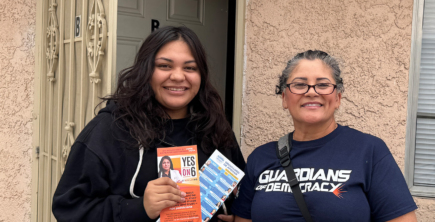
Impact
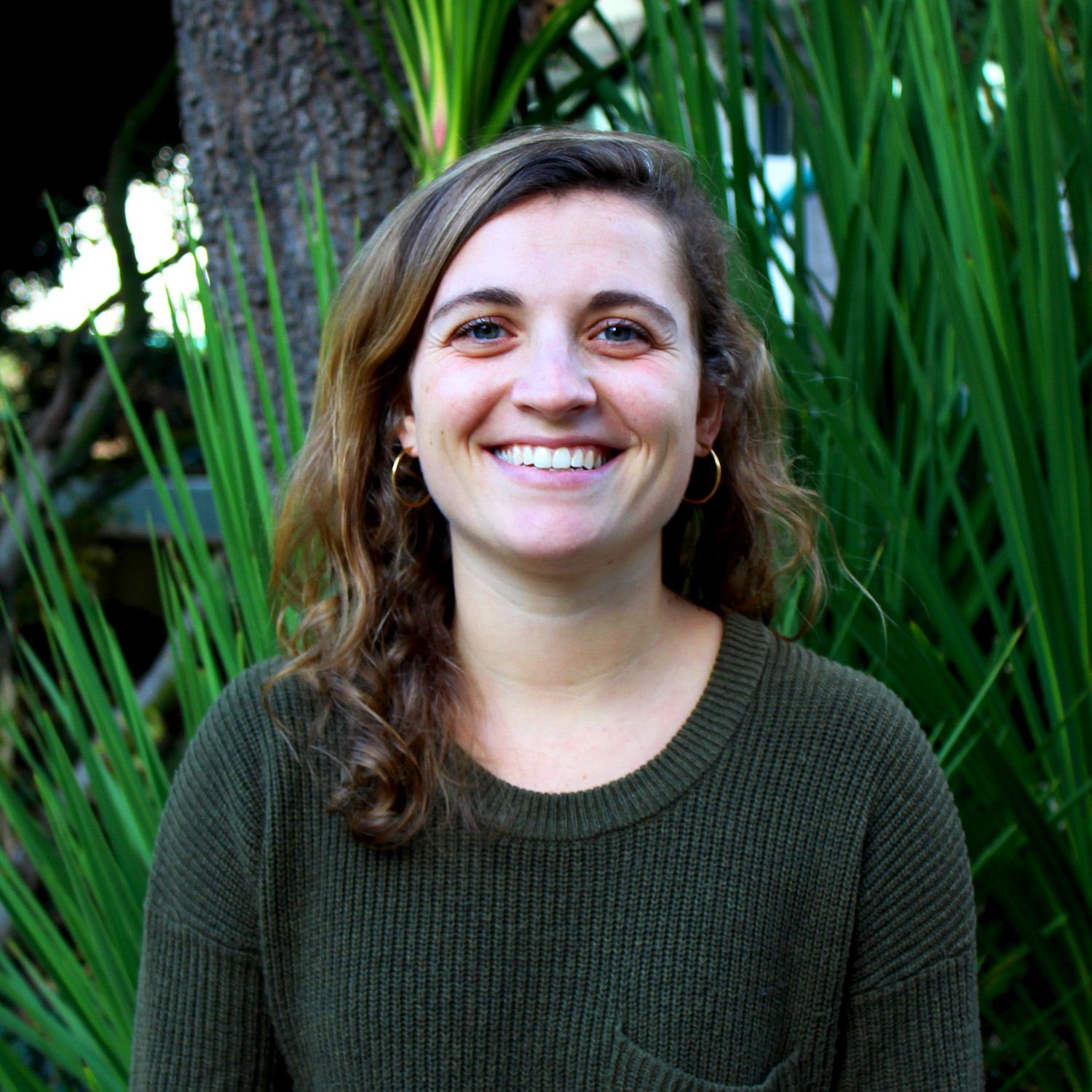
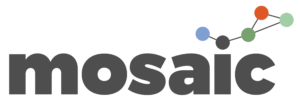
Katie Robinson and her team at Mosaic are determined to solve our most pressing environmental issues. Robinson is the director of Mosaic, a national grantmaking initiative focused on strengthening the infrastructure that supports organizations and individuals working to protect our air, water, and climate. The team, including a small staff and a governance assembly of environmental field leaders and funders, believes that bold and courageous leadership is critical to address climate change and other key environmental issues. But, leadership is only one part of the puzzle. We need a vast network of connections and shared resources—tools, like data, information, and communications—called movement infrastructure, that can support and align a sprawling ecosystem of environmental advocates and activists towards collective, scaled goals.
In order to reach these goals, Mosaic’s team spent over two years speaking to more than 100 environmental leaders to determine their unique field-wide infrastructure needs and landed on six focus areas including: communications, leadership development, data and information, and network building. By speaking with these leaders, and by inviting a diverse set of leaders from grassroots organizations, NGO’s, and funders to the funding decision-making table as a model for participatory grantmaking, Mosaic hopes to break down the silos that dilute power and impede progress.
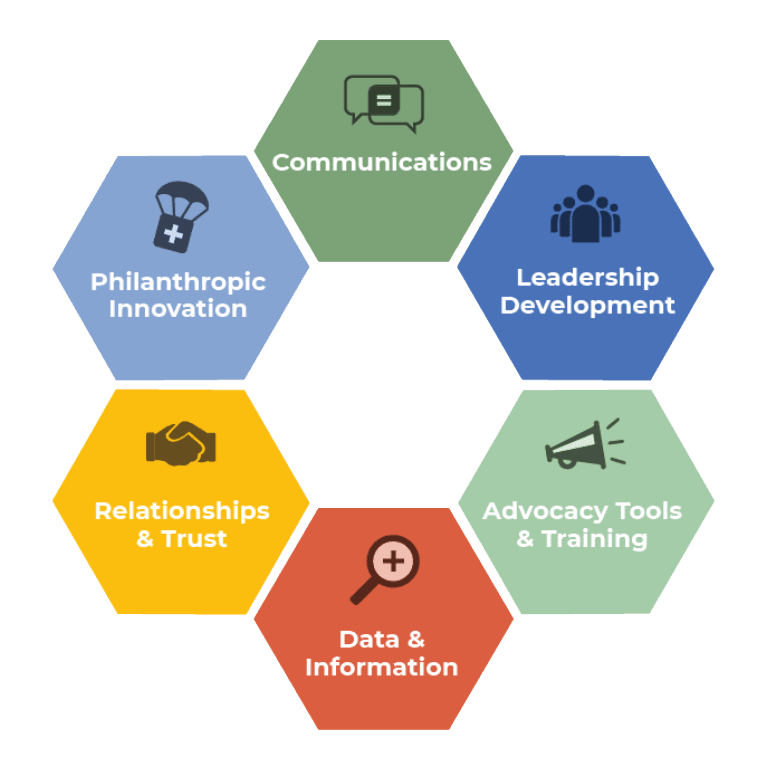
Mosaic’s areas of strategic focus: 6 types of field-wide movement infrastructure. (Photo © Mosaic)
After this two-year period, in 2020, Mosaic kicked off its grantmaking by giving $3 million to 21 collaborative grant projects that focused on climate, water, air, toxics, food and agriculture, and land. The project also distributed an additional $1.5 million last year to 169 organizations to support the emergent needs of grassroots groups as a result of the pandemic. Now in its second year, Mosaic has completed its second RFP and the governance assembly is actively reviewing 685 proposals, with the goal of distributing $6 million in grants by the end of 2021. The impact of this work has been substantial and has led to the expansion of a range of networks, democratized data access, deepened organizing capacity, scaled leadership development and training opportunities, and advanced new ways of thinking about environmental protection. What’s more, the program’s popularity is sending a powerful message about the need to integrate, connect, and align a vast network of environmental organizations to affect broad level change.
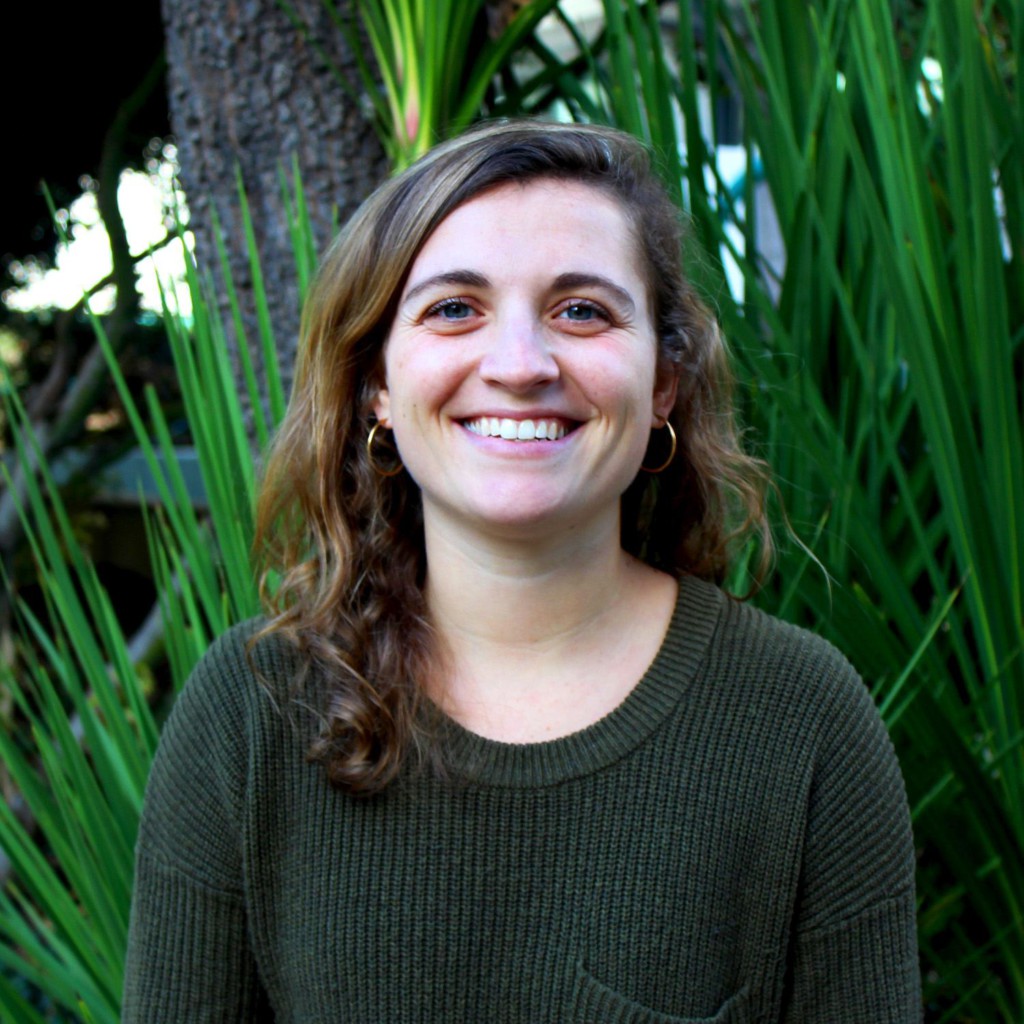
“Social movements always played a critical, underpinning, role in broad-level change over time.” Katie Robinson, Project Director of Mosaic
Tides’ Charnelle Etti spoke to Katie Robinson to learn more about the organization’s vision, Katie’s experience at the helm of Mosaic, the organization’s unique approach to environmental protection, and why Mosaic decided to come to Tides as a social venture partner.
What motivated you to work at the intersection of environmental protection, justice, and philanthropy?
My early young adult, college, and high school experiences were bookended by some pretty serious and foundational national events, from Hurricane Katrina, the Occupy movement, and the election of President Barack Obama. I remember in that time very blatantly seeing the real and imminent impact of climate change and in real time, witnessing the deep connections between environmental, economic, and racial injustice. In that same context, I also saw the power of social movements, media, and everyday civic engagement in affecting change. I have always had a deep love for the outdoors from a young age, whether it be hiking with my family or backpacking with friends, and those foundational years made clear to me that the environment is not something to take for granted and we are on a real timeline if we want to protect, preserve, and ensure it for all, and I really hoped to make this pursuit part of my personal and professional path.
Prior to co-founding Mosaic, what experiences led you to engage in this area of work? What motivated you to launch Mosaic?
Starting out my professional path, I had a brief stint in the federal energy space in D.C. and then spent several years working on global, cross-sector projects focused around collaborative innovation. Ultimately, I was lucky enough to find my way to Mosaic. I was excited about working on issues that are so critically important around environmental protection and justice and felt lucky to bring the skills and experiences I had taken from the public and private sector into this timely work.
Particularly at Mosaic, I was eager to focus on the unique intersection of philanthropy and the environment. Mosaic’s lens on social movements recognizes that if you look at any large-scale social change that has happened in history — from marriage equality to civil rights — you’ll see that social movements always played a critical, underpinning, role in broad-level change over time.
There’s often an inclination to fund one individual organization or choose one “winner.” But in order to build a scaled movement, we need to invest in the connections between organizations, otherwise known as movement infrastructure.
Through a two-year national design process that launched Mosaic and engaged more than 100 environmental leaders across the U.S., it became clear that there is a sprawling environmental movement with more than 10,000-plus organizations and more than $11 billion in annual revenues. At the same time, we learned that the environmental field is not as connected or powerful as it could be. This insight underscored the role that social movements and collective action can play in meeting today’s most pressing environmental challenges. It also demonstrated that strong movement infrastructure—connections and shared tools like communications, data, leadership development and networks—could accelerate our collective progress towards key environmental goals.
What are myths that some people may have when it comes to funding environmental issues and movements?
In grantmaking, I have found that there’s often an inclination to fund one individual organization or choose one “winner.” But in order to build a scaled movement that can meet the pace of challenges that we see everyday, we need to invest in the connections between organizations, otherwise known as movement infrastructure. What makes Mosaic unique is our focus on funding this vital infrastructure, which we see as equivalent to investing in the strength of the entirety of the movement all at once. It is this connective tissue that equips organizations and advocates to achieve the most important environmental victories on the urgent timeline we need. We sometimes think of it as funding mycelial networks. Mycelial networks are vast, interconnected networks that exist under trees (like forest ecosystems). They have threads and hubs that connect trees across a massive forest ecosystem while they also share resources. This model creates a really powerful movement; it’s not just one or two or three top winners but it is a really well-sustained ecosystem that is mutually supportive.

Robinson compares Mosaic’s funding approach to mycelial networks: the indispensable connective hubs and threads on the ground on which an entire forest ecosystem depends for its vitality, structure, and success.
What influenced Mosaic’s decision to collaborate with a partner and fiscal sponsor like Tides?
Mosaic emerged from dialogues amongst advocates, initiated by David Beckman at the Pisces Foundation, centered on how we achieve our most vital environmental goals. As we transitioned out of the startup phase, through our two-year national design process, we heard directly that Mosaic should not live in any one organization and that it really should be an independent, lightly supported, lightly staffed effort that is led by an amazing set of diverse members of the field and supported by a broad array of funders. Structurally, this led us to consider fiscal sponsorship; we did not want to have this work spin out and grow into a big, new entity.
Tides’ fiscal sponsorship model worked particularly well because of the organization’s experience in this space and the ability to support a participatory grantmaking process like ours. There is a lot more flexibility and there’s not such a rigid process; it’s really co-creative. Our small team, including my teammates Jennifer Lesorogol and Taylor Griggs, has also greatly benefited from the amazing network of other fiscally sponsored projects and social change initiatives at the Tides Center, like the Women’s Environmental Leadership (WE LEAD) initiative, where we’ve been able to share learnings and ideas.
Climate change is the most pressing issue of our time. How can others support environmental efforts through Mosaic?
Partnership and funding for this work are so critical right now. As we transitioned from design mode and launched Mosaic last year, we were overwhelmed by the response and need from the field — in our first year, we received more than $125 million in requests for movement infrastructure through our first national RFP. It’s clear that the scale of the need for this kind of connective infrastructure is just so vast. We were able to distribute about $4.5 million in grants last year but we are just scraping the surface in terms of the opportunity to build national, regional, and local infrastructure that can knit together a more powerful, coordinated, and effective environmental movement. In this vein, we’re always seeking the partnership of others to scale this urgent work so we can collectively rise to meet the environmental challenges of our time.
Learn About Mosaic
Follow us: @Mosaic_Momentum
Connect with the Mosaic team about partnership opportunities

Impact

Corporate Partners
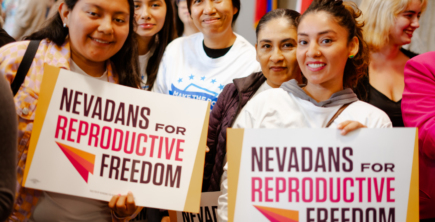
Healthy Democracy Fund
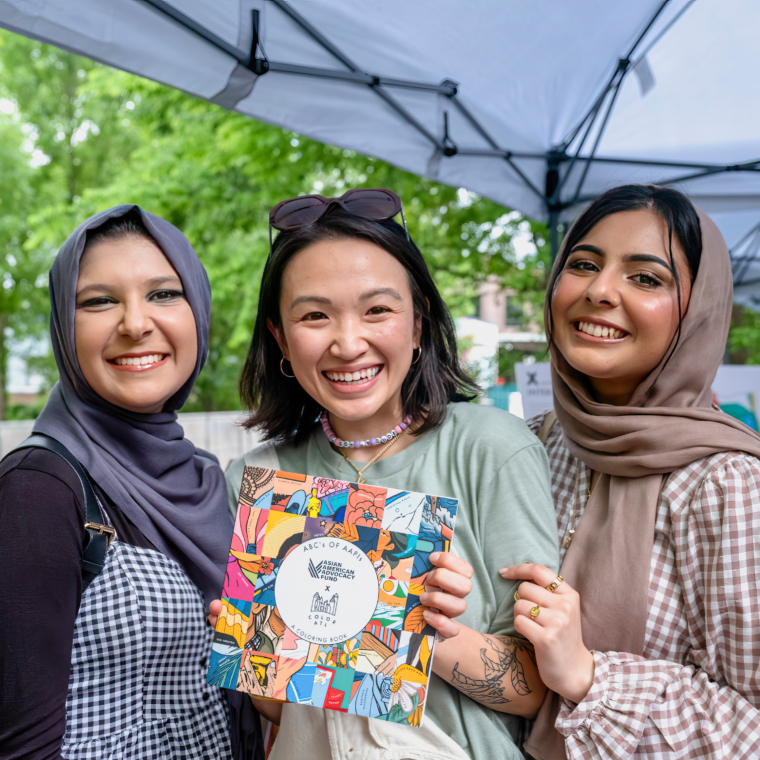
Read the stories and hear the voices of social change leaders fighting for justice.